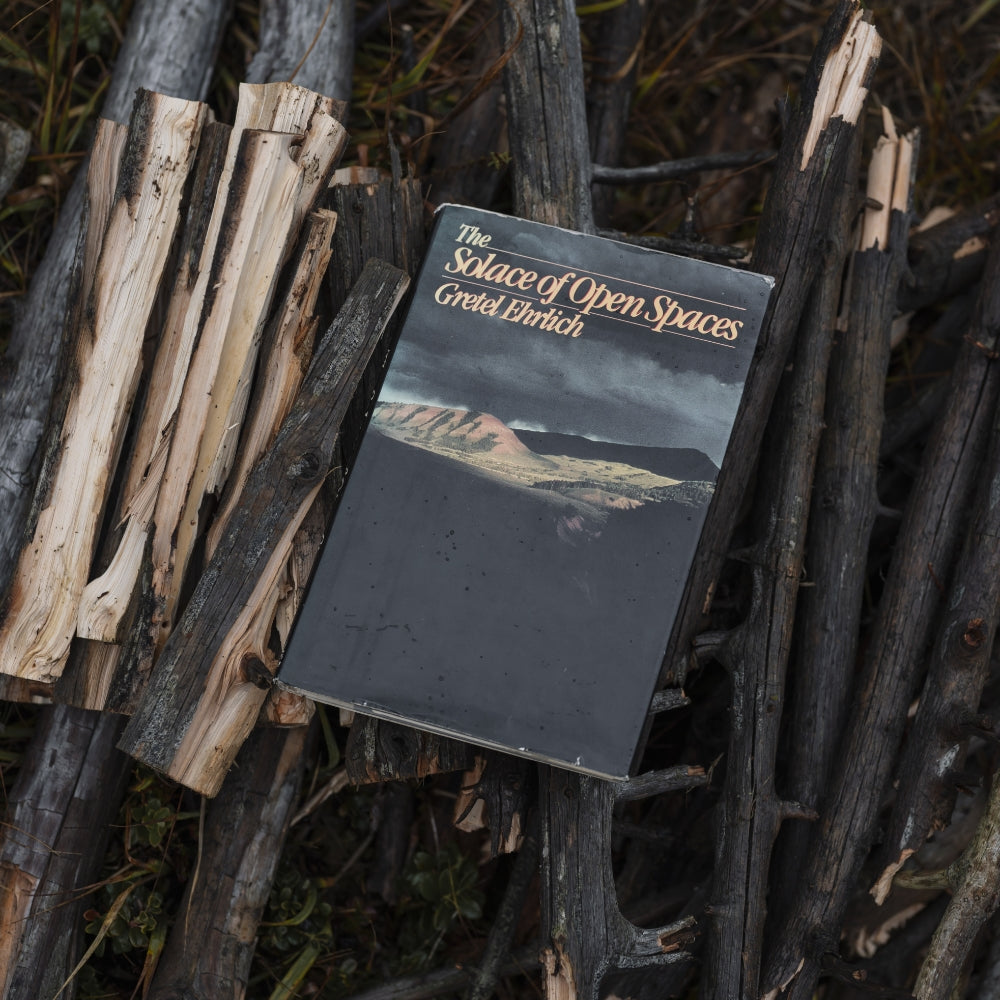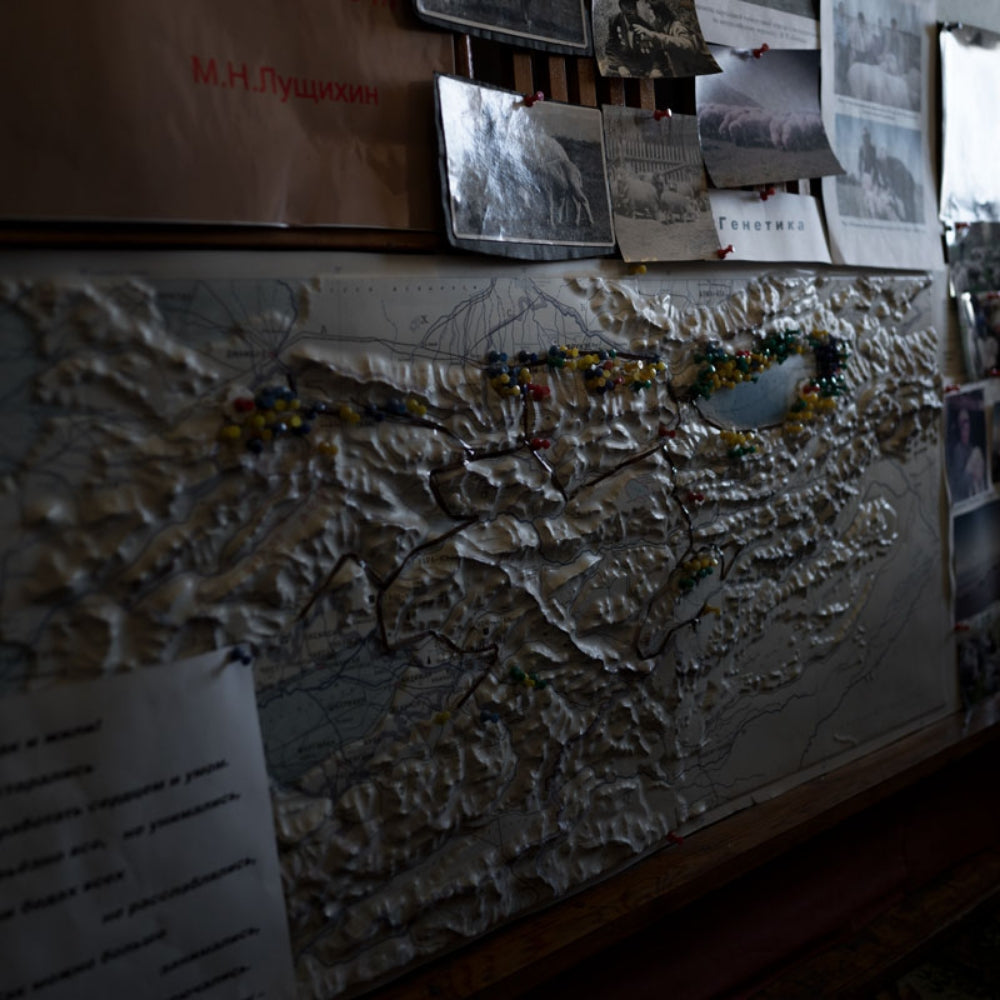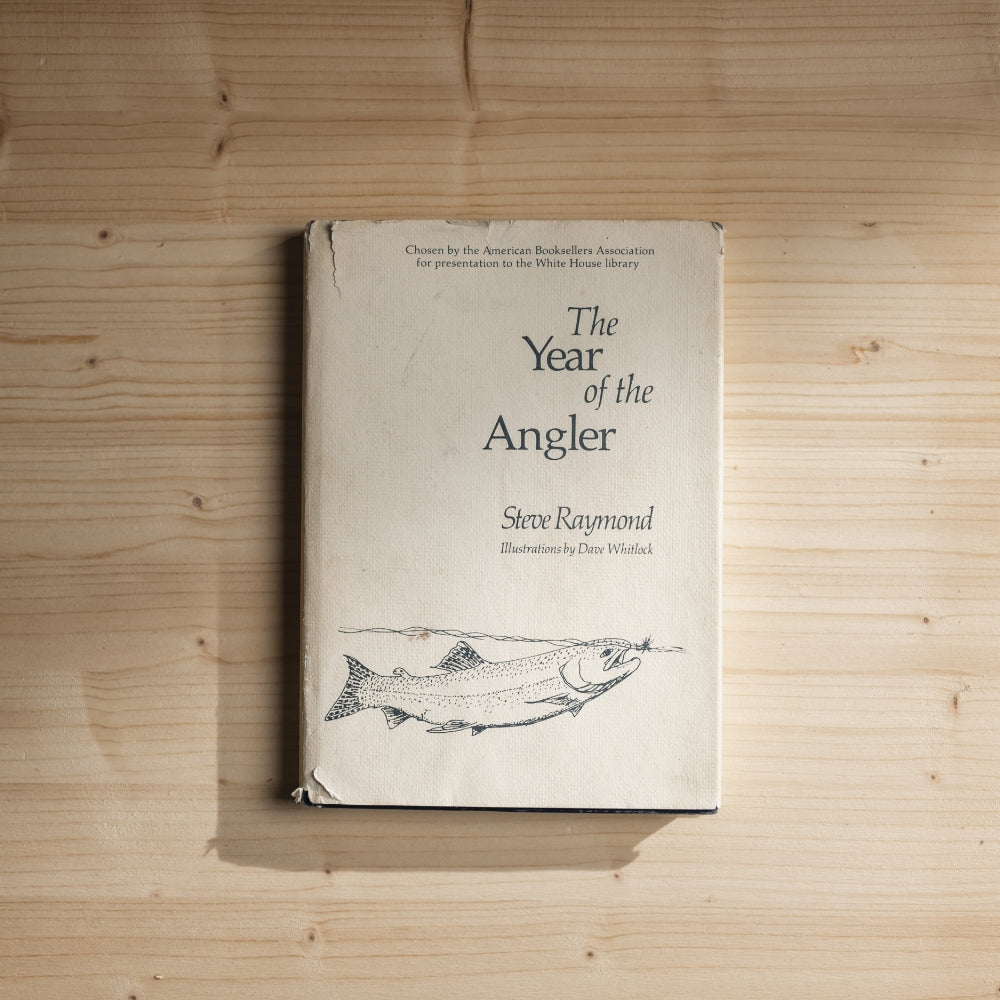What makes Yellowstone National Park one of the most unique and dynamic ecosystems on the planet? Yellowstone Ecology by Sharon Eversman and Mary Carr dives deep into this question, offering a comprehensive exploration of the park’s complex and interconnected ecological systems. This book is a detailed guide that illuminates the intricate web of life within Yellowstone, revealing how its diverse landscapes and species coexist in one of the most iconic natural environments in the world.

Sharon Eversman and Mary Carr, both seasoned ecologists with years of experience studying Yellowstone, bring a wealth of knowledge and passion to this work. Their combined expertise allows them to explore the park’s ecology from multiple perspectives, covering everything from the geological forces that shaped the landscape to the behavior of its resident wildlife. The authors’ deep commitment to understanding and preserving Yellowstone’s unique ecology shines through on every page, making this book an essential resource for anyone interested in the natural world.
Yellowstone Ecology is structured around the central themes of interconnectedness, biodiversity, and the impact of environmental changes on ecosystems. Eversman and Carr emphasize that understanding Yellowstone’s ecology requires a holistic approach—recognizing that every element, from the smallest microorganism to the largest predator, plays a vital role in maintaining the park’s delicate balance. The book meticulously details the various ecosystems within Yellowstone, from its geothermal areas to its forests and grasslands, providing readers with a thorough understanding of how these systems interact and sustain life.
The book is richly detailed, offering in-depth discussions on topics such as the park’s geothermal features, the complex predator-prey relationships, and the ongoing challenges posed by climate change and human activity. Eversman and Carr also delve into the history of ecological research in Yellowstone, tracing how our understanding of the park’s ecosystems has evolved over time. This historical context adds depth to the narrative, showing how past conservation efforts have shaped the current state of the park and highlighting the ongoing need for vigilant stewardship.
Key moments in the book include detailed case studies of specific species and their roles within the Yellowstone ecosystem. The authors provide fascinating insights into the lives of iconic animals like wolves, bears, and bison, as well as lesser-known species that are equally crucial to the park’s ecological health. These case studies illustrate the complexity of Yellowstone’s food webs and the delicate balance required to maintain its biodiversity. For example, the reintroduction of wolves to Yellowstone is explored not just as a conservation success, but as a pivotal event that has reshaped the entire ecosystem, affecting species and habitats in profound ways.
Eversman and Carr also address the ongoing environmental challenges facing Yellowstone, particularly the impact of climate change. They explore how shifting temperatures, changing precipitation patterns, and increasing human activity are altering the park’s ecosystems, threatening the delicate balance that has existed for millennia. The authors emphasize the importance of continued research and adaptive management strategies to protect Yellowstone’s unique ecology in the face of these challenges.
The writing in Yellowstone Ecology is both authoritative and accessible, making complex ecological concepts understandable for a broad audience. Eversman and Carr strike a balance between scientific rigor and engaging storytelling, drawing readers into the world of Yellowstone with vivid descriptions and clear explanations. Their passion for the park and its ecosystems is evident throughout, making the book not just informative, but also inspiring.
In Yellowstone Ecology, Sharon Eversman and Mary Carr provide readers with an invaluable resource for understanding one of the world’s most extraordinary natural environments. Their detailed exploration of Yellowstone’s ecosystems offers a deeper appreciation of the park’s beauty and complexity, while also underscoring the importance of ongoing conservation efforts. This book is a must-read for anyone interested in ecology, conservation, or simply the wonders of the natural world.
As Eversman and Carr poignantly observe, Yellowstone is not just a place to visit; it is a living, breathing system where every element is interconnected, and the survival of one depends on the health of the whole. This book is a powerful reminder of the importance of protecting and preserving the delicate balance of nature, not just in Yellowstone, but in ecosystems around the world.











